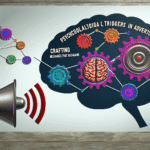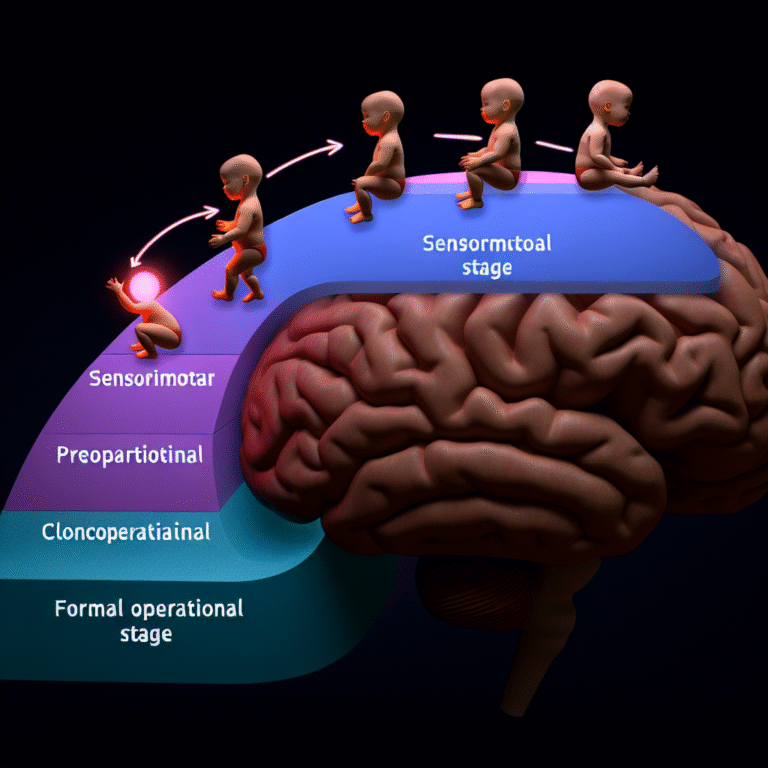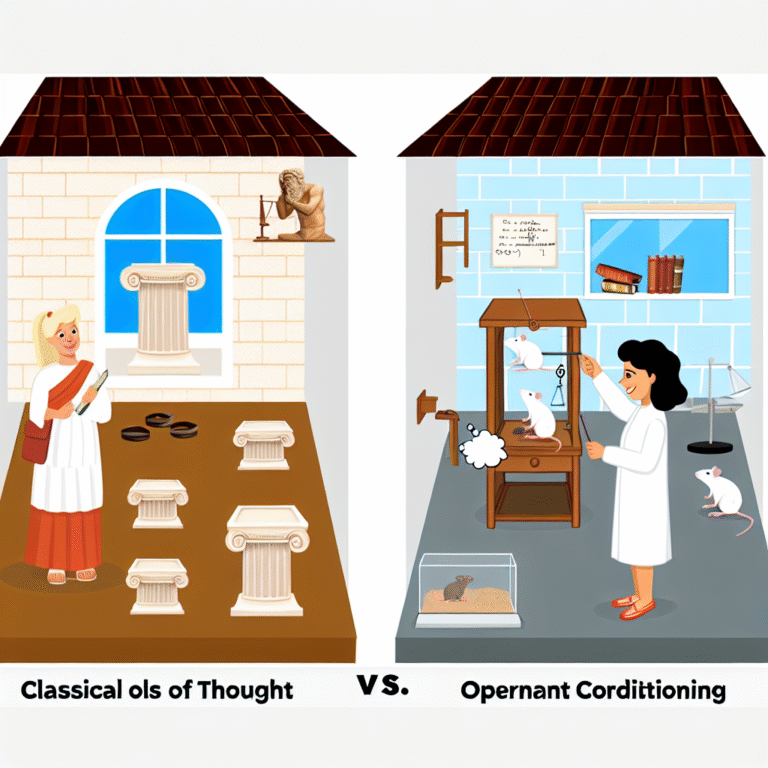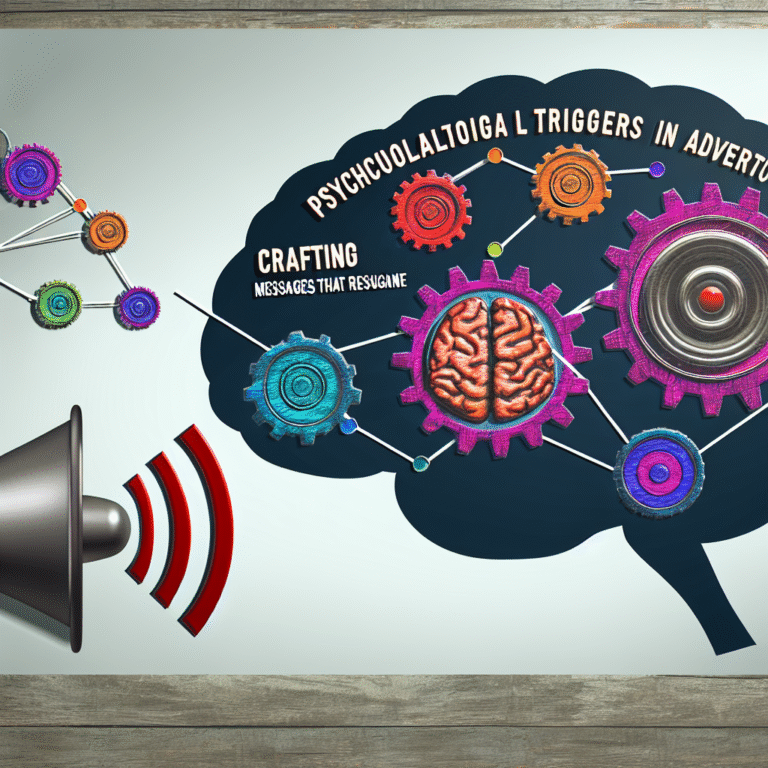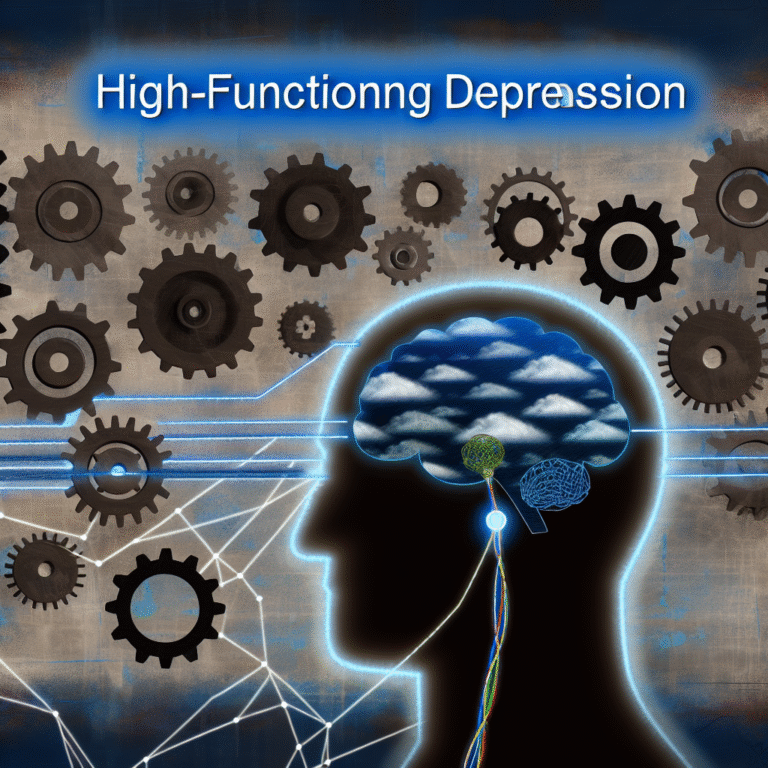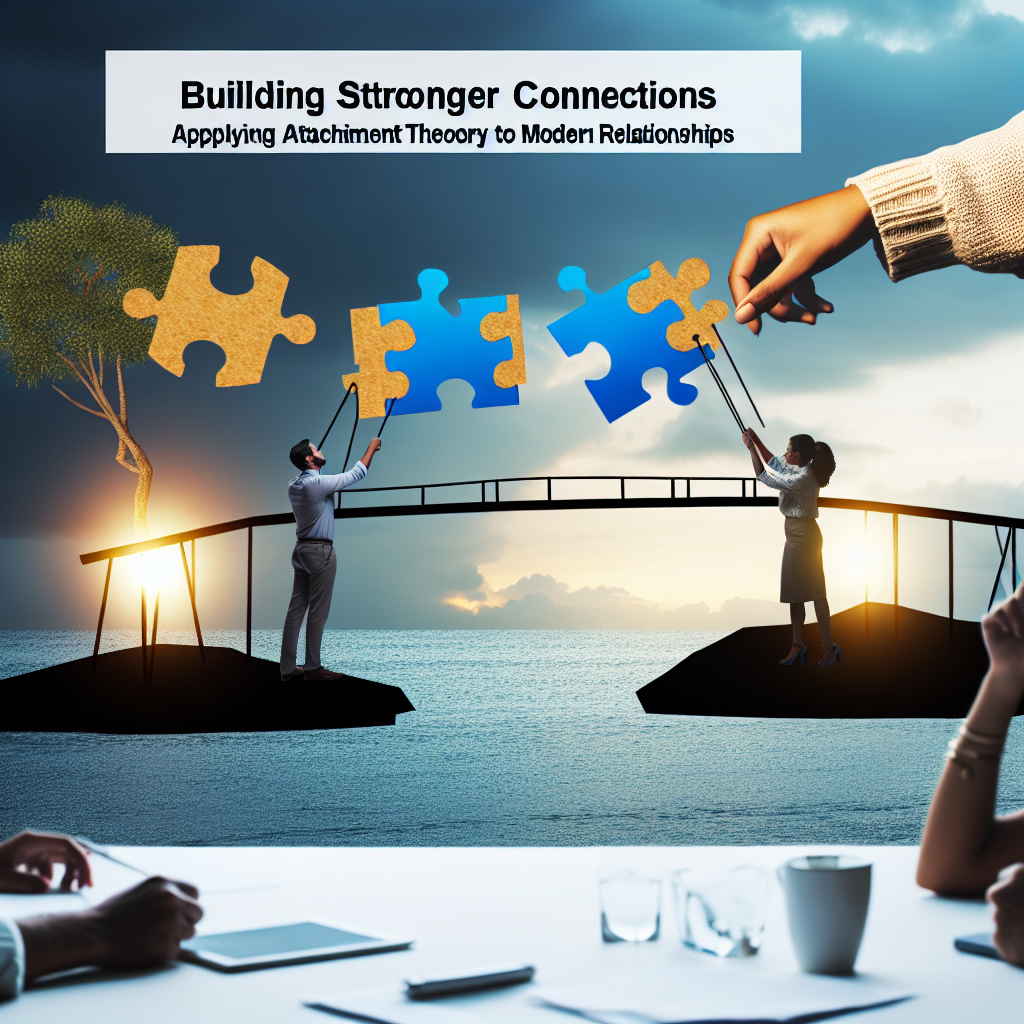
Building Stronger Connections: Applying Attachment Theory to Modern Relationships
Introduction
In a world where relationship dynamics are more complex than ever, understanding the emotional bonds we form can be a game changer. Building Stronger Connections: Applying Attachment Theory to Modern Relationships provides a framework to navigate the intricacies of human interactions. As we delve into how our early experiences shape our adult relationships, it becomes evident that cultivating a secure attachment can significantly enhance our connections.
Attachment theory, first established by psychologist John Bowlby, explains how the bonds we form in early childhood influence our emotional wellbeing and relationship patterns later in life. By understanding these dynamics, we can foster deeper connections, resolve conflicts more effectively, and create thriving partnerships.
In this article, we’ll explore the foundations of attachment theory, analyze its applications in modern relationships, and provide actionable insights for building stronger connections.
Understanding Attachment Theory
What is Attachment Theory?
Attachment theory posits that the emotional bonds formed in early infancy can dictate how individuals behave in relationships throughout their lives. There are four primary attachment styles:
- Secure Attachment: Individuals feel comfortable with intimacy and independence, leading to healthier, stable relationships.
- Anxious Attachment: These individuals often crave closeness but fear abandonment, leading to clingy or overly dependent behaviors.
- Avoidant Attachment: People with this style often struggle with intimacy and may distance themselves emotionally from their partners.
- Disorganized Attachment: This style is characterized by a lack of a coherent strategy for dealing with stress in relationships, often stemming from past trauma.
Understanding one’s attachment style is essential for Building Stronger Connections: Applying Attachment Theory to Modern Relationships. Recognizing these styles in oneself and others can foster empathy and improve communication.
The Impact of Early Experiences
The bonds formed with caregivers in childhood lay the groundwork for future relationships. Secure attachment in childhood often leads to healthier adult relationships, while anxious or avoidant tendencies may create barriers.
Case Study: Jane and Tom
Jane, raised in a nurturing environment, exhibits a secure attachment style. In her relationship with Tom, who grew up in a household marked by neglect (leading to an avoidant attachment style), misunderstandings frequently arise. Jane’s need for emotional closeness clashes with Tom’s propensity to withdraw. This dynamic exemplifies the impact of early experiences on adult relationships and the importance of understanding attachment styles.
Building Stronger Connections Through Awareness
Identifying Your Attachment Style
Self-awareness is the cornerstone of healthy relationships. Here’s a simple quiz to help you identify your attachment style:
| Situation | Response A (Likely) | Response B (Unlikely) |
|---|---|---|
| When partner is late | I trust they’ll arrive soon | I panic that they’re leaving me |
| In conflict, I | Seek resolution quickly | Avoid talking about it |
| I often feel | Comfortably close | Fearful of rejection |
Take note of your responses to gain insight into your attachment style.
Communicating Effectively
Clear communication is vital for Building Stronger Connections: Applying Attachment Theory to Modern Relationships. Here are some effective strategies:
- Use "I" Statements: Instead of saying "You never listen," try "I feel unheard when I share my thoughts."
- Practice Active Listening: Show empathy and understanding to foster a secure environment.
Managing Conflict
Conflicts are inevitable in any relationship. Understanding attachment styles can help in managing conflict more effectively.
Case Study: Alex and Sarah
Alex has an anxious attachment style, while Sarah is more avoidant. When disagreements arise, Alex seeks reassurance, while Sarah needs space. By acknowledging their differing needs, they can create a compromise that respects both parties.
Enhancing Your Relationship
Creating Secure Attachment
To foster secure attachment in your relationship, consider the following practices:
- Develop Trust: Be reliable and present. Trust is foundational in any relationship.
- Encourage Independence: Allow space for individual growth, crucial for a balanced relationship.
- Engage in Positive Reinforcement: Acknowledge each other’s efforts in maintaining the bond.
Building Emotional Intelligence
Emotional intelligence is the ability to understand and manage your own emotions, as well as those of others. It plays a critical role in relationships by enhancing empathy and communication.
Emotions Chart
| Emotion | Effect on Relationships |
|---|---|
| Anger | Can lead to conflicts |
| Joy | Strengthens the bond |
| Fear | May cause withdrawal |
| Sadness | Can require support |
Understanding how emotions affect relationships allows for better management of feelings and fosters Building Stronger Connections: Applying Attachment Theory to Modern Relationships.
The Role of Therapy and Support Groups
Seeking Professional Help
Sometimes, professional intervention can bridge gaps created by attachment styles. Therapists can provide strategies tailored to individual circumstances, helping partners understand each other better.
Case Study: Mike and Lisa
Mike and Lisa attended couples therapy to navigate their differing attachment styles. Through guided sessions, they designed personalized communication strategies, improving their emotional closeness and reducing conflict.
Community Support
Joining support groups can provide additional perspectives and strategies. Engaging with others facing similar challenges can reduce feelings of isolation and promote healing.
Conclusion
Building Stronger Connections: Applying Attachment Theory to Modern Relationships requires understanding our attachment styles, improving communication, and fostering emotional intelligence. By integrating these concepts into our daily lives, we can create healthier, more satisfying relationships.
Actionable insights like recognizing your attachment style and seeking professional guidance can be powerful tools in transforming your relationships. Remember, the goal is not perfection but understanding and growth. Embrace the journey toward stronger connections with those you care about.
FAQs
1. What is my attachment style?
Conduct self-reflective exercises or consult a mental health professional to gain insight into your attachment style.
2. Can my attachment style change?
Yes, attachment styles can evolve over time with conscious effort, therapy, and healthy relationship practices.
3. How do I communicate my needs in a relationship?
Use "I" statements and clear, non-accusatory language to express your needs and feelings effectively.
4. How can I support my partner’s attachment style?
Listen empathetically and provide reassurance, especially if they exhibit an anxious or avoidant attachment style.
5. Where can I find support for attachment-related issues?
Therapists, counselors, and support groups focused on relationship dynamics can provide valuable resources for individuals seeking to understand their attachment styles better.
By understanding and applying attachment theory to our modern relationships, we take significant strides toward Building Stronger Connections that not only enrich our lives but also cultivate deeper emotional bonds with those around us.
